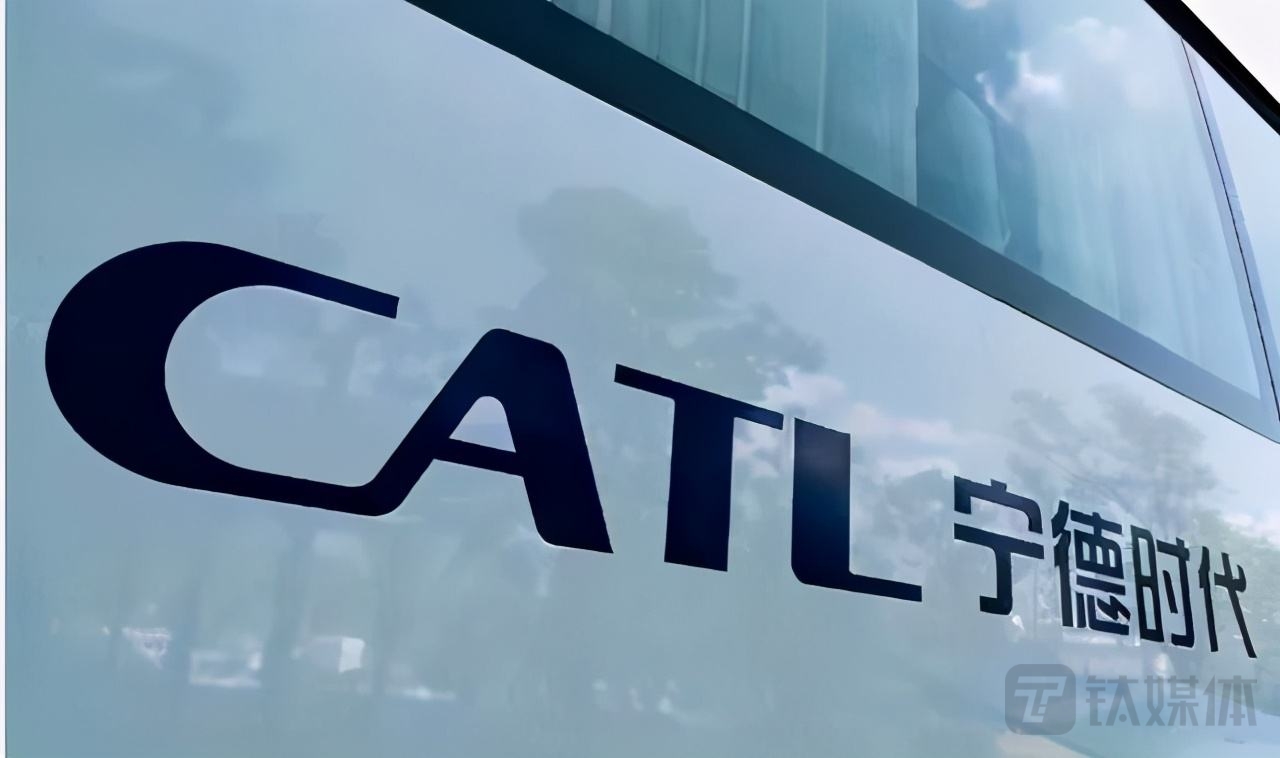
AsianFin -- Contemporary Amperex Technology Co. Ltd. (CATL) reported a robust 33% jump in first-half net profit, powered by its dominant position in the EV battery market and strong momentum overseas.
Yet despite beating expectations, the stock tumbled in both A- and H-share trading—underscoring deepening investor concern over an increasingly uneven business mix and long-term capital deployment efficiency.
The Ningde-based battery giant’s latest earnings highlight the sharp divergence in its core businesses: power batteries remain the growth engine, but energy storage revenues dipped and battery materials suffered a steep contraction. Analysts say CATL is now at a strategic crossroads—flush with cash after its Hong Kong debut but facing mounting pressure to redefine its competitive edge amid rapid tech shifts, intensifying global rivalry, and a cooling domestic market.
For the six months ended June 30, CATL reported operating revenue of RMB 178.89 billion, up 7.3% from a year earlier. Net profit surged 33.3% to RMB 30.49 billion, far outpacing topline growth and marking its best H1 performance to date. Gross margin expanded 1.57 percentage points to 25.02%, aided by falling lithium carbonate prices and high capacity utilization—up to nearly 90% during the period.
Power batteries, which made up over 73% of total revenue, remained the core pillar, rising 16.8% year-on-year to RMB 131.57 billion. Global EV sales jumped 32.4% in the first five months of 2025, helping CATL push its market share to 38.1%, the highest globally.
By contrast, the energy storage division saw revenue slip 1.5% to RMB 28.4 billion, though its margin of 25.5% outperformed the power battery business. The biggest drag came from materials and recycling, which plunged nearly 45% to RMB 7.89 billion. CATL’s mineral business, while up 28% year-on-year, remained small and low-margin.
CATL’s overseas revenue rose 21% to RMB 61.21 billion, now accounting for more than a third of total sales. The international business also delivered stronger profitability, with gross margins reaching 29%, up four percentage points from a year earlier. Domestic revenue growth, by comparison, was just 1.24%.
The company’s Hong Kong listing in June raised HKD 41 billion, creating a dual-capital platform and solidifying its financial firepower for global expansion. Investments in localized capacity across Europe are accelerating: the €1.8 billion German plant and €7.4 billion Hungarian facility are progressing, and a €4 billion joint venture with Stellantis in Spain is underway.
CATL sees Europe emerging as the second-largest battery market globally by 2030, with 918 GWh in projected shipments, while the U.S. is expected to dominate the energy storage segment.
Despite the strong headline numbers, CATL shares fell sharply on July 30: A-shares dropped 5.05%, and H-shares slumped 7.66%. The slide was partly driven by broad market weakness, but also signals investor skepticism about the company’s ability to sustain growth and efficiently convert capital into future gains.
Management has outlined ambitious plans in next-gen battery tech, including solid-state batteries, but commercialization is not expected until around 2030. If rivals move faster or the technology roadmap shifts, CATL’s scale-driven advantage could erode.
“The market is questioning whether CATL’s massive R&D and capex bets will yield a return,” said one analyst at a major Chinese brokerage. “The risk is not in execution, but in whether they’re betting on the right technologies at the right time.”
CATL’s dominance in power batteries and rapid overseas gains continue to anchor its short-term performance. With ample capital, record profitability, and global momentum, it remains one of the most formidable players in the EV supply chain.
Still, the company’s long-term trajectory will hinge on its ability to unlock new growth drivers—especially in energy storage—and weather cyclical volatility in the materials business. For now, investors are watching closely to see whether CATL can turn capital strength into future-proof strategy, or whether the divergence in its business mix signals deeper structural challenges ahead.







